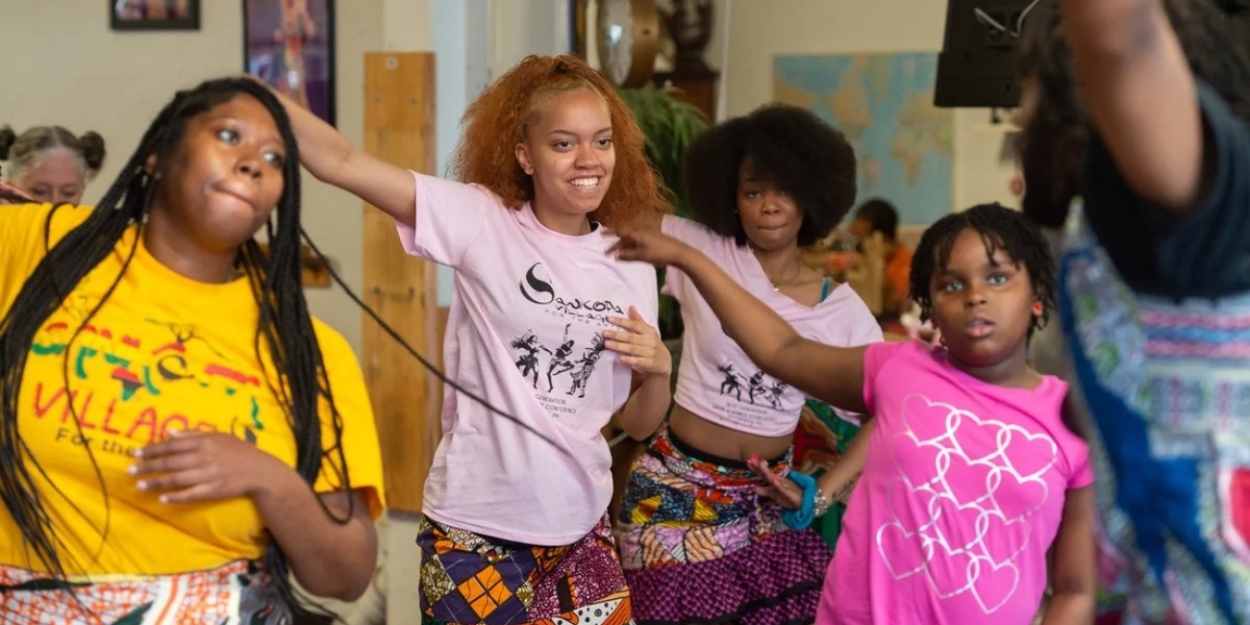New Report: Community-Based Development and Arts Education Fosters Youth Well-Being
Programs integrating high-quality arts learning, community-based youth development practices, and culturally sustaining approaches can foster youth well-being.

As fewer and fewer schools offer arts learning opportunities, out-of-school programs have stepped in to fill that space. Building on Advancing Well-Being in the Arts, The Wallace Foundation’s current arts initiative which seeks to better understand how arts organizations rooted in communities of color advance their own well-being and that of their communities, the Foundation also wondered: how do similar community-based organizations design youth arts programs for young people in their own communities?
A new report released today finds that many of these community-based programs provide high-quality arts experiences designed to reflect and resonate with the lives of the young people they serve. Commissioned by Wallace and released by the University of Pittsburgh School of Education and the Forum for Youth Investment, Well-being and Well-becoming Through the Arts: A Picture of Mattering for Youth of Color identifies seven key characteristics of successful culture-centered, community-based youth arts programs (CCYA) and the positive impact they have on supporting the holistic development of the youth they were designed to serve.
“While there has long been an understanding that the arts are critical for youth development, this new report provides important insights on the specific ways in which programs can be intentionally designed to support the needs and interests of specific youth communities," said Bronwyn Bevan, Vice President of Research, The Wallace Foundation. “At a moment when many are grappling with ways to engage young people and find moments of connection and joy, we hope this new framework provides community leaders and arts practitioners with a useful tool for designing powerful student-centered programs.”
Over the course of the 18-month, multi-method study, researchers found that CCYA programs integrate high-quality arts learning, community-based youth development practices, and culturally sustaining approaches to provide rich arts learning experiences that center the identities and experiences of participating youth of color. Through this approach, they found programs provide participants with opportunities for belonging, identity affirmation, and skill development while fostering well-being and positive developmental trajectories. According to the study, the seven key characteristics that impactful CCYA programs utilize in supporting youth well-being and well-becoming include:
- Nurturing Artistic Skill–programs provide creative communities that develop skill and confidence in the arts
- Cultivating Creative Restoration–programs engage youth’s minds and bodies in creative expressions that promote positive emotions
- Establishing Artful Sanctuaries–programs create sanctuaries for connection with artistic peers and adults
- Fostering Generative Connections–programs engage deeply with broader communities through performance and resource sharing
- Highlighting Meaningful Pathways–programs support pathways into becoming an adult who appreciates and values the arts
- Promoting Cultural Visibility–programs acknowledge, affirm, and celebrate the past, present, and future of the communities young people come from
- Emphasizing Equity Intentionality–programs disrupt racial and economic barriers to arts experiences for participants
CCYA programs incorporating these seven characteristics were found to have deep engagement in high-quality arts, support identity affirmation, and provide opportunities for belonging among participants.
“The programs we visited for this study were vibrant learning spaces that ignited youths' interests in the arts, while also honoring their cultural identities and histories. In city after city, our team observed developmental contexts where youth felt valued and could express their creativity within supportive communities,” said University of Pittsburgh’s Assistant Professor Esohe Osai.
The study also notes that CCYA programs exist within learning and development ecosystems–dynamic collections of people, places, and possibilities, all of which impact the programs and youth outcomes. Social and cultural histories, support for teaching artists, community support for the programs, and a diverse array of programs offered all impacted the studied programs. Led by University of Pittsburgh’s Assistant Professor Esohe Osai, along with Associate Professor Tom Akiva, the research team recommends that, because CCYA programs serve an important role in today’s learning and development ecosystems, that these programs get more attention–in research, policy, funding, and practice–as well as increased support for teaching artists, who play a critical role in CCYA organization’s program designs.
To learn more about Well-being and Well-becoming Through the Arts: A Picture of Mattering for Youth of Color and other reports on youth arts, visit www.wallacefoundation.org.

Videos
